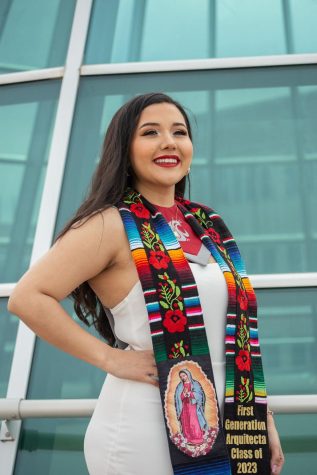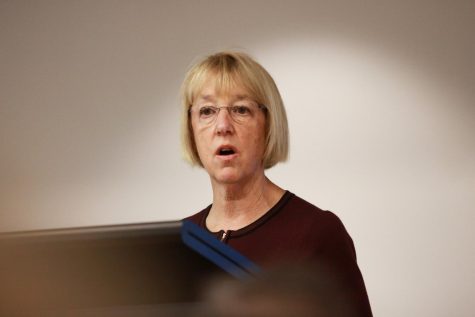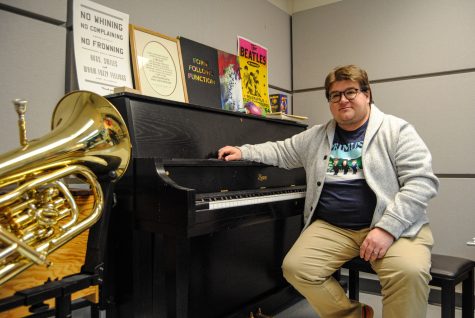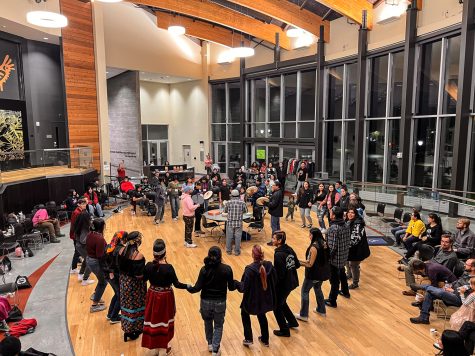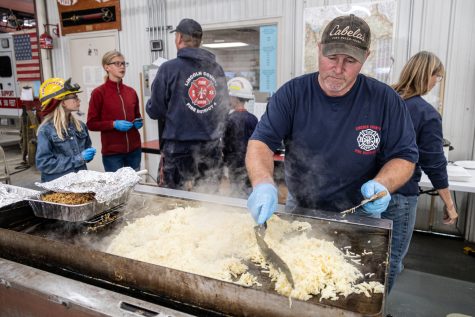Architecture students design portable homeless shelters
April 24, 2017
A WSU architecture studio of third-year students will put their projects to the test in a homeless shelter design competition in Spokane this week.
The 2017 American Institute of Architects (AIA) Spokane Homeless Shelter Design Competition, sponsored by Integrus Architecture, asks participants to design a discreet, compact and efficient shelter for local homeless people. The event will take place on Thursday and Friday, and will see submissions from students at WSU and around the region.
Studio professor Mona Ghandi said there are about 170 homeless families living in Spokane, though the issue spreads across the country. Ghandi said the competition will provide a platform for design that could bring dignity back to homeless people. Using the competition as the studio’s semester project, Ghandi and her students have been able to focus solely on their designs.
In order to create a functioning shelter, the studio spent a lot of time in research and preparation. Abigail Shane, one of the students competing, said the students were first broken up into groups of two, where they spent time studying everything from refugee camps to origami, trying to get a handle on what is available to the homeless and what elements need to change.
Because the competition is for homeless people in Spokane, climate was a huge design factor for the shelter.
“We actually got to go visit homeless shelters in Spokane in February to feel just how cold it can get,” Shane said.
The main contact for the students competing is Jose Barajas, an intern-architect with Integrus. Barajas said the decision to sponsor the competition stems from the owner’s passion for giving back, not just for the homeless, but for the students as well.
“We believe it’s important to bring talent into Spokane,” Barajas said. “One way to do that is to engage students and show them what Spokane is all about.”
During the competition, Barajas said Integrus will more or less be scouting the talent of up-and-coming architects.
“We’re hoping to see which students really take what they’re doing seriously,” Barajas said. “You can tell pretty quickly when someone worked hard and when someone didn’t.”
Competitors are limited to a set of restrictions given by Integrus. They must work within a $1,000 budget as well as a 25-square-foot limit for their structures.
Shane’s project design takes a new look at an old instrument for inspiration.
“My design is like an accordion and how it can fold down into a smaller square,” Shane said, “or potentially a triangle, and fold into a box that can be a backpack.”
The most important aspect of the designs should be function, Barajas said.
“If you make it work first, then you can make the function look beautiful,” Barajas said. “But it has to work, it’s pointless making something beautiful if it doesn’t work.”
Barajas’s priorities echo throughout students’ projects, Shane’s included.
“My top priority is the user,” she said. “If I put myself in those shoes, would I want to live in it? Is it a glorified tent? If I can’t pick it up and carry it, then I failed completely.”
Ghandi said one project from the competition will be selected to build a life-sized model that will be shown at the third annual AIA Spokane Awards Show and the Spokane Downtown Mall for two weeks.
“The goal of everyone’s project is to make the design do more than one thing,” Shane said, “to help more than one person.”







